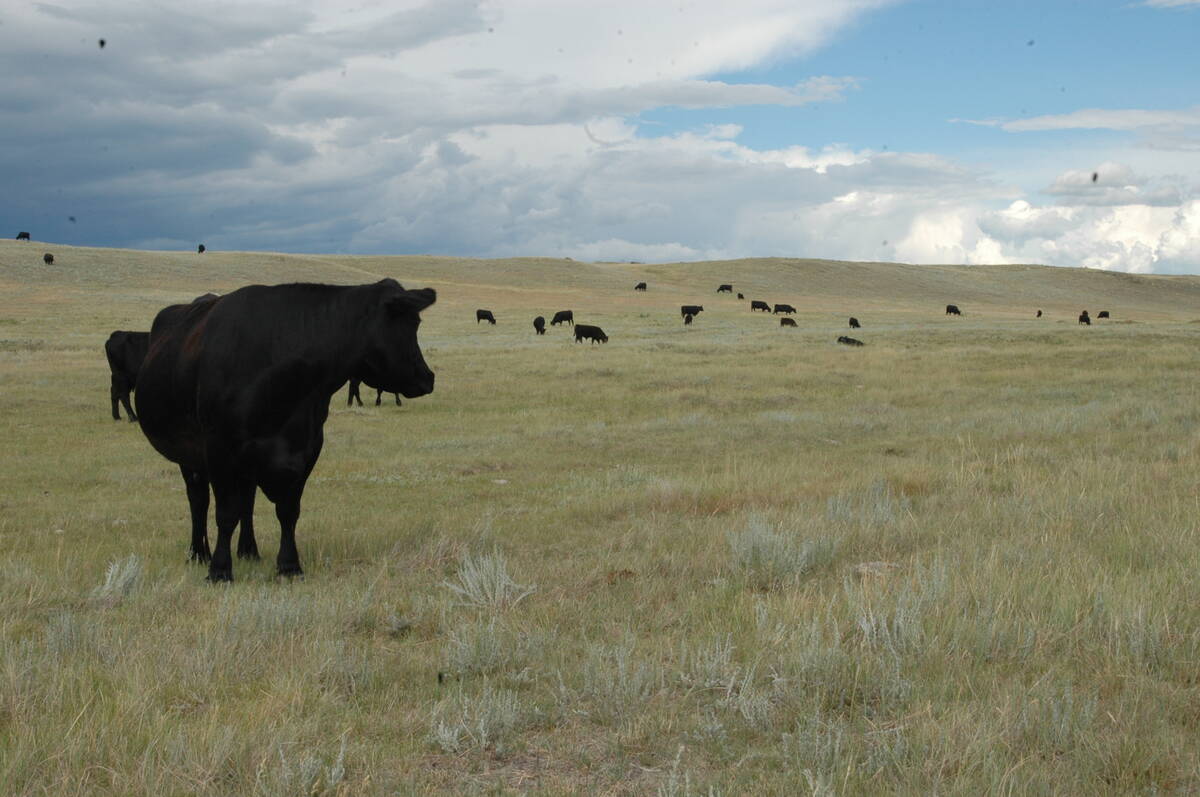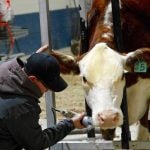Drumsticks or wings, roasts or bologna: No matter what the cut of turkey, Manitoba producers want a bigger slice of the pie.
Turkey barns are about 75 percent full in the province because through genetics and better management farmers have been able to find ways to produce more meat in less space.
And with the low cost of feed brought on by dramatically higher transportation costs after the loss of the Crow grain transportation subsidy, Bob Friesen said it’s time to raise more turkey in Manitoba.
Read Also

Canadian Food Inspection Agency slammed for handling of bovine tuberculosis case
The federal government leans heavily on producers to “take one for the team” and risk their livelihoods without any reassurance of support.
“We think it’s only right,” said Friesen, chair of Manitoba Turkey Producers, during a break at the agency’s annual meeting here March 5.
Other prairie provinces are singing the same tune, said Friesen, and now farmers have to convince their counterparts in British Columbia and Eastern Canada.
Quota allocation will become an issue in the next few years. And turkey producers need only look to their neighbors in the chicken industry to find out it can be a divisive battle.
“Let’s not fool anybody: That’s always a tough row to hoe in a collective group,” said Friesen.
The last time turkey producers had to discuss allocation, it took 18 months to come to an agreement, said John Stolp, chair of the Canadian Turkey Marketing Agency.
Canadian farmers produce 122 million kilograms of turkey per year. They agree on how to divide production up to 132 million kg, said Stolp.
Bill Uruski, Manitoba’s representative on the national turkey agency, said Manitoba and three other provinces agreed production should grow by two million kg this year.
But the other provincial boards did not share their enthusiasm for growth, and voted down the idea.
“We will be continuing to take an aggressive position in this whole area,” Uruski told producers, adding he will bring it up at a national meeting this month.
Stolp is looking to a new advertising blitz, starting in March 1999, to increase consumption and ease allocation tensions across the country.
Farmers and processors will each contribute half a cent per kg of live turkey to the program for three years.
The industry will spend about $1.5 million per year on television, radio and magazine advertising for turkey, and work with retailers to make sure they have a variety of turkey cuts in stores.
The goal is to get consumers to eat turkey at least once a week, rather than just the traditional feasts at Christmas and Thanksgiving.
Stolp said many consumers don’t realize they don’t have to buy the whole bird, and can get turkey cuts to fit into their busy lifestyles.
Over five years, Stolp hopes to see per capita consumption of turkey rise from the current average of 4.3 kg to 6.3 kg, which would mean 56 million kg of extra production.
In the U.S., people eat an average of eight kg of turkey per year.
“There’s not a whole lot different between the way Americans eat and Canadians eat,” said Stolp.
In Manitoba, Granny’s Poultry Co-operative is promoting turkey ahead of the national effort.
The processor has landed an exclusive supply contract for turkey for the 41 Canada Safeway stores in Manitoba and northwestern Ontario, said general manager Wayne Morrison.
Granny’s is about halfway through a 12-week Turkey Tuesday promotion in Safeway and independent grocery stores, showcasing new cuts of the bird, Morrison said.














